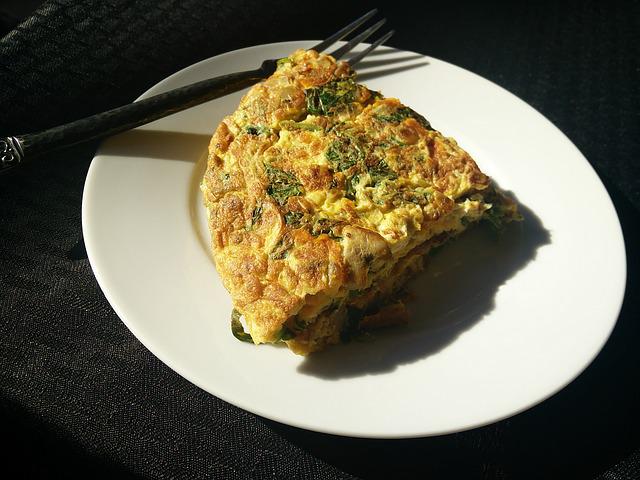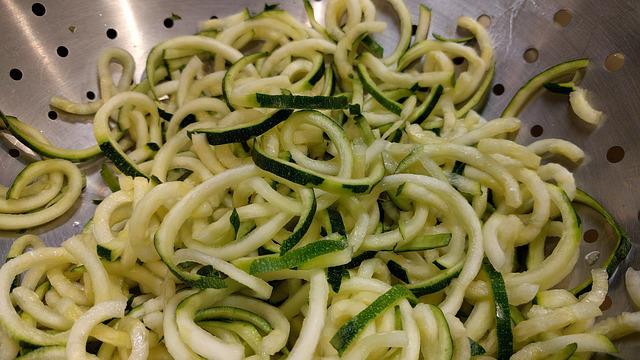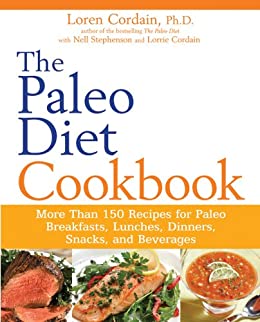
Paleo diet may prevent heart disease, but it is still controversial. While the benefits of the diet are generally accepted, some studies show a link to a higher likelihood of developing heart disease. The diet's effects on arterial distensibility (or insulin resistance), plasma insulin levels during oral glucose tolerance tests, total cholesterol, LDL and triglycerides, as well circulatory metabolism, were studied by researchers.
Increased chance of developing heart disease
A new study has shown that Paleo diets significantly increase the levels of a blood biomarker related to cardiovascular disease. Trimethylamine noxide or TMAO is a naturally occurring organic chemical that is made in the gut. A study of 44 Paleo diet participants and 47 who followed a traditional Australian diet found that people on the Paleo diet had higher levels of TMAO. An increase in TMAO levels is associated with a greater risk of heart disease.
Researchers from four Australian institutions discovered that Paleo dieters had elevated levels in a compound which is linked to heart disease. Trimethylamine Noxide is a compound that bacteria produces in the gut and is associated with the development of heart disease. Paleo diets have been shown to be more beneficial than those that eat carbohydrate-rich diets. But further studies are needed to confirm this.
An increase in the risk of inflammation
Paleo diets are linked to heart disease. People who eat a Paleo diet have higher levels of interlukin-10, a signaling molecule released by immune cells. A low level of interlukin-10 may indicate a higher risk of developing heart disease. Researchers believe that high levels interlukin-10 can counter inflammation and protect blood vessels. However, further research is required to confirm the connection.

The Paleo diet consists of an omittal of grains, legumes, and vegetable oils. Although this is the basis for many heart-healthy diets, it is high in fat. It is high in saturated and trans fats and can be expensive. Some individuals cannot afford to follow the Paleo diet because it is so high in meat and dairy products. People with lower incomes might find it difficult to afford these meats.
Higher risk of developing kidney disease
Health nuts love the Paleo diet, but there are concerns. The diet emphasizes meat because it is high cholesterol. Moreover, the Paleo diet discourages the consumption of refined sugars, which are loaded with empty calories. This sugar has been linked to obesity and heart disease as well as diabetes. The Paleo diet discourages legumes but encourages meat.
The Paleo diet not only increases fiber intake but also lowers waistline. The diet's high fiber content helps lower cholesterol levels. Avoid eating eggs yolks. They are a common source for phosphorus in food. Egg whites are the better choice for renal health, as they provide high-quality protein. Drinking plenty of water also helps decrease protein levels in urine. The risk of developing kidney disease is still there.
Increased risk for heart disease in females
For many reasons, Paleo has been very popular. It is based on both the Mediterranean and Nordic diets and has many heart-healthy advantages. Because it has a high amount of animal fat, it is also high in trans and saturated fats. High beef intake is also associated with an increased risk of heart disease. Paleo is not right for everyone and can be costly for those with low income.
Studies show that saturated fats and cholesterol are not associated with an increased chance of heart disease in Paleo-eating women. While Paleo does allow for some elimination of junk food, it does not eliminate saturated fat. A recent review of the nutritional lines associated with heart disease concluded that there was insufficient evidence to link saturated fat to heart problems. Paleo is a diet that includes fewer foods than the normal diet, but it still contains plenty of vegetables.
Gut bacteria: Effects

A new study suggests that Paleo diets may reduce the risk of obesity and heart disease. In this study, the researchers compared the TMAO levels of people who followed a strict Paleo diet and those who did not. Research showed that high-protein diets supported the growth and survival of good bacteria as well as reducing the number of pathogenic microbes. A high-protein diet can increase the risk of micronutrient deficiencies and decrease gut health, as well as lead to chronic diseases.
Research also revealed a strong connection between TMAO levels of a person and their diet. Research showed that a higher intake animal-based protein such as meat or fish increased TMAO production in blood. The participants had blood levels of TMAO nearly twice as high in this study than the controls. The researchers also found lower levels of TMAO in vegans than those who eat paleo diets. The researchers also found that participants with carnitine supplements had lower TMAO levels.
FAQ
How can leftovers be stored in the most efficient way?
Tupperware containers are great for storing leftovers. These containers keep foods fresh and prevent odors from forming. They can also keep food warm longer. Freezer bags can be used to freeze any leftover food. For food that you are freezing, make sure to place it inside another freezer bag. After the food is frozen, place it in a sealed container like a ziplock bag.
Where can I find online cooking classes for free?
Numerous websites offer free cooking lessons. You can search YouTube for videos that teach you how to prepare different meals. Some websites give you access to thousands of recipes. You will need to pay a monthly subscription, but you can still try the site for free for 30 day.
What is the average time it takes to learn how to cook? What amount of time will it take to master the art?
It all depends on what level of skill you have. Some people can learn basic cooking techniques in as little as a week. Some people take months to learn how to cook. Others may need to wait for years.
The person who is learning to cook can vary in the amount of time they need. One example is that someone who has never tried cooking before would likely take more time to learn than someone who cooks often. Some types of cooking are more difficult than others. For instance, baking requires more knowledge than frying.
If you want to learn how quickly you can cook, you should focus on learning a specific technique. Once you are proficient in that technique, you can move onto the next one. You shouldn't stress about how long it takes to learn how cook. Just keep practicing and enjoy the process.
How much does it cost for you to learn culinary arts?
It is not easy to find a culinary arts degree that costs less than $40,000. For example, a 4-year degree costs about $40,000. A two-year associate's program may be less expensive at $5,000. Tuition rates depend on the type of program you select. Prices for tuition are higher in private institutions than they are for public ones.
What is the average time it takes to become a chef? What is the average career path in this field?
Becoming a chef takes approximately five years. You will learn basic cooking techniques, and get experience as a chef assistant. After you've completed your training you can apply to be a line cook or sous chef. The average annual salary for a professional chef is between $25,000 and $60,000
Where can you buy high quality kitchen equipment
High-quality kitchen equipment can be purchased online. There are many websites where you can shop for all kitchen tools. Be sure to read customer reviews before you buy any kitchen equipment. You can also ask other people who own similar items if they would recommend them.
How do I learn to cook like a professional?
Cooking is one way to be a better cook. Being able to cook healthy food is a great skill to improve self-confidence. You can learn to cook at home if your goal is to become a good cook. The first step is to find out what kind of recipes you like. Then, read books about different foods, such as Italian, Mexican, Chinese, etc. Finally, try making different dishes until it becomes second nature.
Statistics
- The median pay for a chef or head cook is $53,380 per year or $25.66/hour, according to the U.S. Bureau of Labor Statistics (BLS). (learnhowtobecome.org)
- under 10 Kids have been taught that there is special food just for them, and Fiese says that 10 percent of kids will throw a tantrum if they don't get the food they want. (washingtonpost.com)
- You'll be amazed that over 90% of CIA students receive scholarships and grants to finish their culinary studies. (ischoolconnect.com)
External Links
How To
How to make Apple Pie
Making apple pie involves many steps. The first step is to wash the apples; then, peel them and cut them into small pieces. Next, you will add sugar, cinnamon and cloves. Finally, you will add lemon juice. Mix all the ingredients and bake it at 350 degrees Fahrenheit (for 15 minutes). The apple mixture should be removed from the oven and allowed to cool. Next, add some cream. Finally, sprinkle some powdered salt on top and serve.